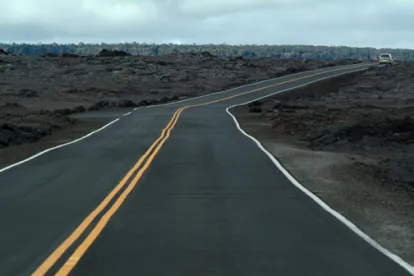There are not many cases in Pennsylvania addressing the topic of easements by necessity. Luckily, the Pennsylvania Superior Court recently provided some welcome guidance on what constitutes an easement by necessity in the case of Olszewski v. Parry. 1
In Olszewski, the Superior Court primarily considered whether Appellee John Olszewski had an easement by necessity over a private roadway, Steele Drive, which ran over Appellants’ property. For Olszewski to travel to and from his property, he needed to travel over Steele Drive to connect with the only public highway accessible from his property, McKenzie Road. However, Appellants erected a gate in 2018 blocking Olszewski’s access to Steele Drive, triggering this case.
The Superior Court highlighted the three fundamental elements needed to find that an easement by necessity exists. First, the titles to the dominant and servient properties must have been previously held by one person. The owner of the dominant estate gains the benefit of the easement running over the servient estate, while the owner of the servient estate is obligated to not interfere with the easement. Second, the unity of title must have been severed by conveying either the dominant or servient estate. Finally, the easement must be necessary for the owner of the dominant estate to use his land. This necessity must have existed both at the time the land was severed and at the time the easement was granted.
To be necessary, the easement must be of “strict necessity,” or more than merely convenient. However, “strict necessity” does not mean that it is impossible to access the property without the easement. Rather, the primary question is whether the proposed dominant estate will not be accessible and, “thus, unusable” without the easement. In other words, the third element is satisfied when the dominant estate is otherwise landlocked.
Here, the Superior Court held that Olszewski satisfied the three elements to obtain an easement by necessity over Steele Drive to access his property: (1) Both Olszewski’s and Appellants’ properties were previously held by an original, common grantor, Robert McKnight, before 1897; (2) McKnight severed the unity of title when he initially subdivided his estate and transferred part of the property in 1908; and (3) The necessity to use the easement existed both in 1908 and now. The only way for Olszewski to access McKenzie Road was by using Steele Drive. Without this access, Olszewski’s land would be landlocked. Therefore, Olszewski had an easement by necessity to cross Steele Drive.



 />i
/>i

